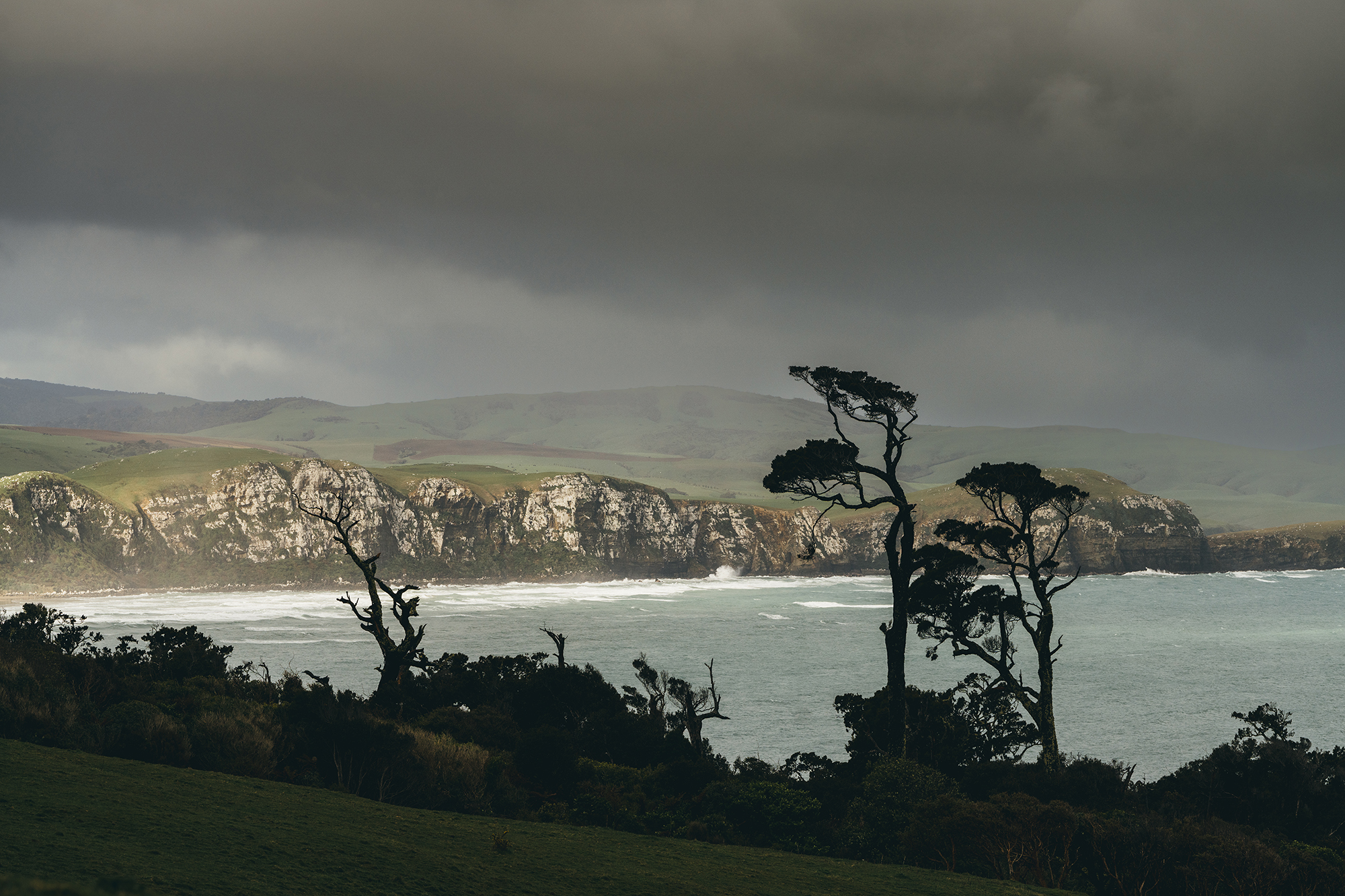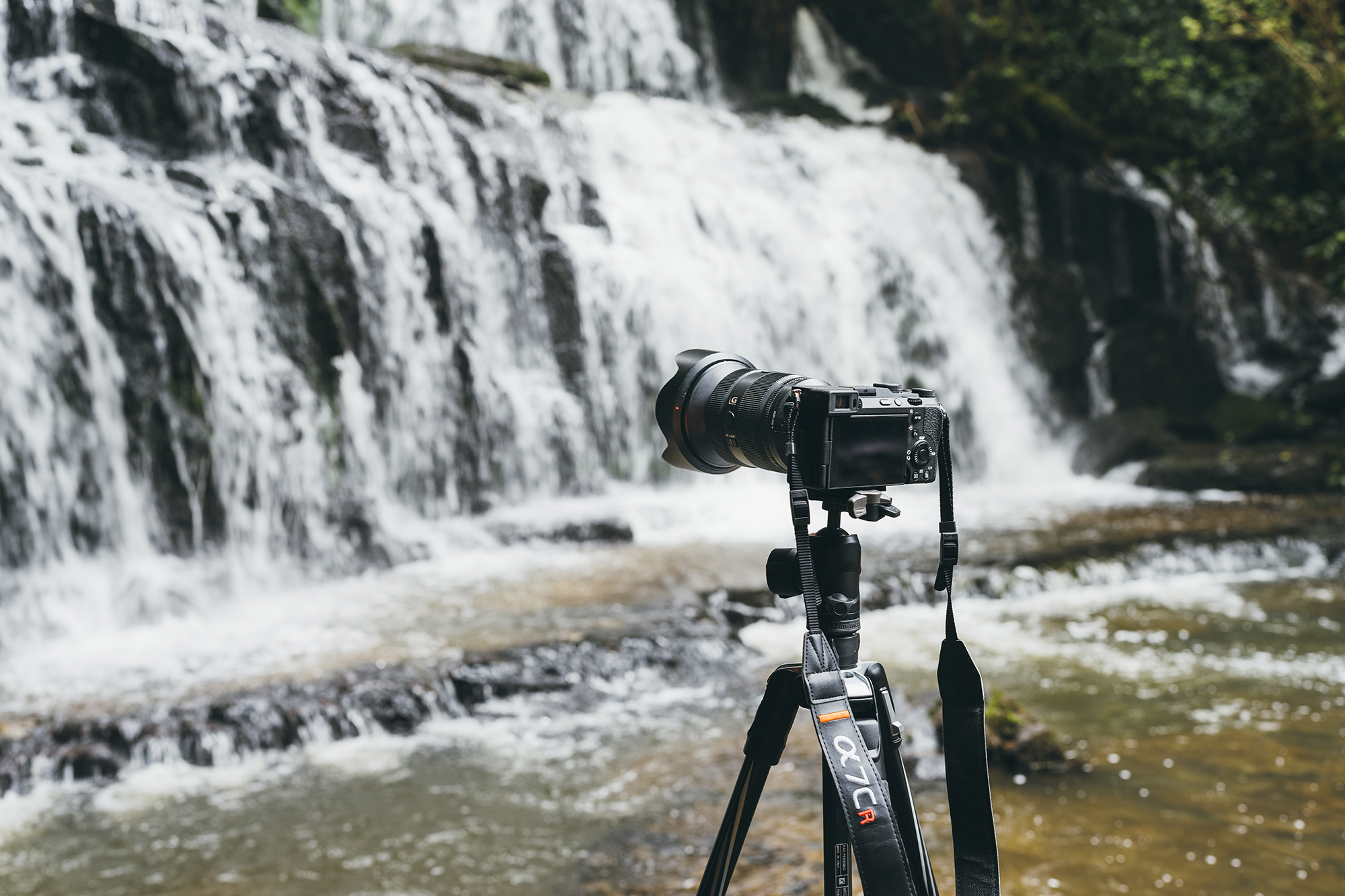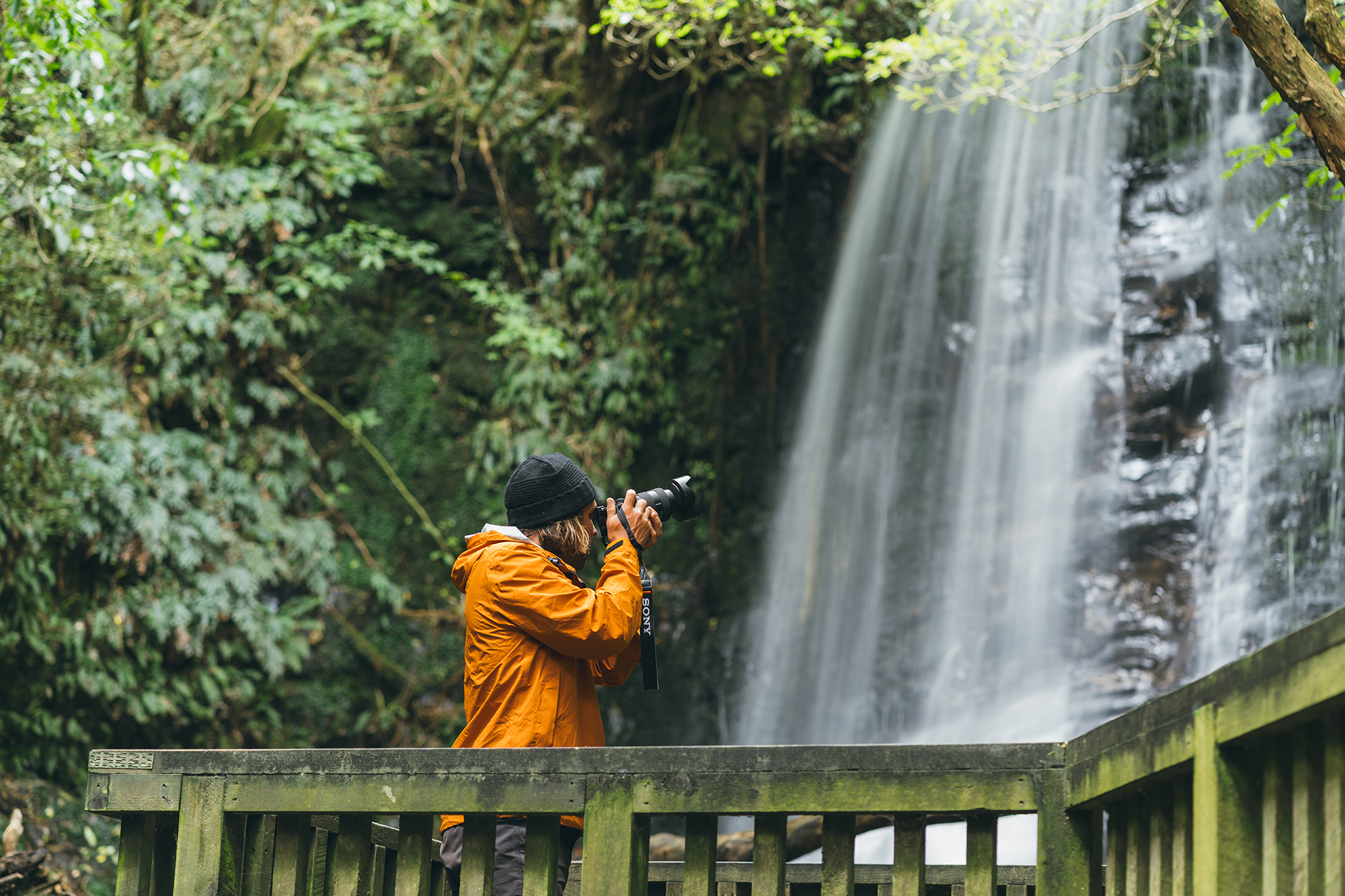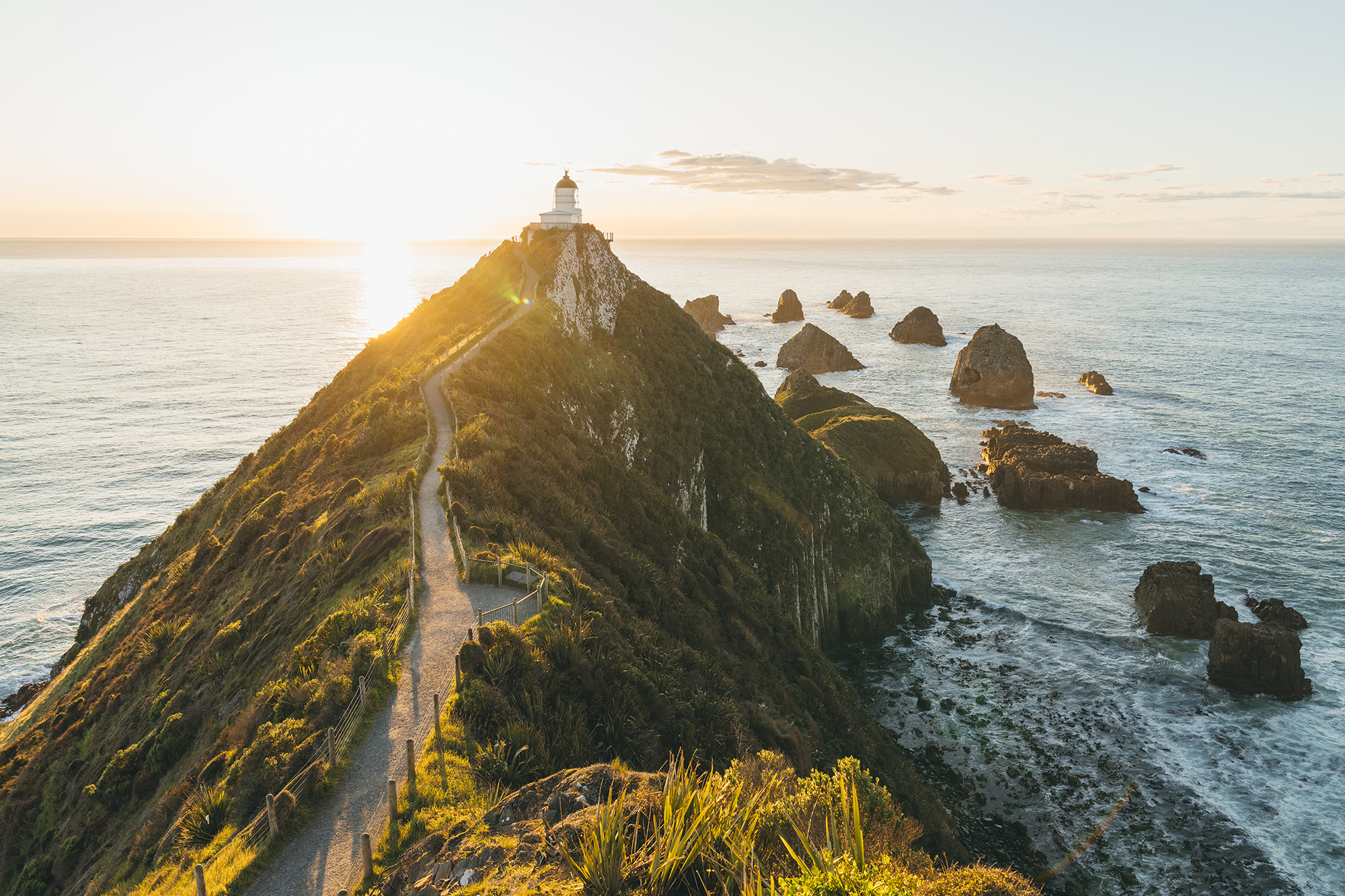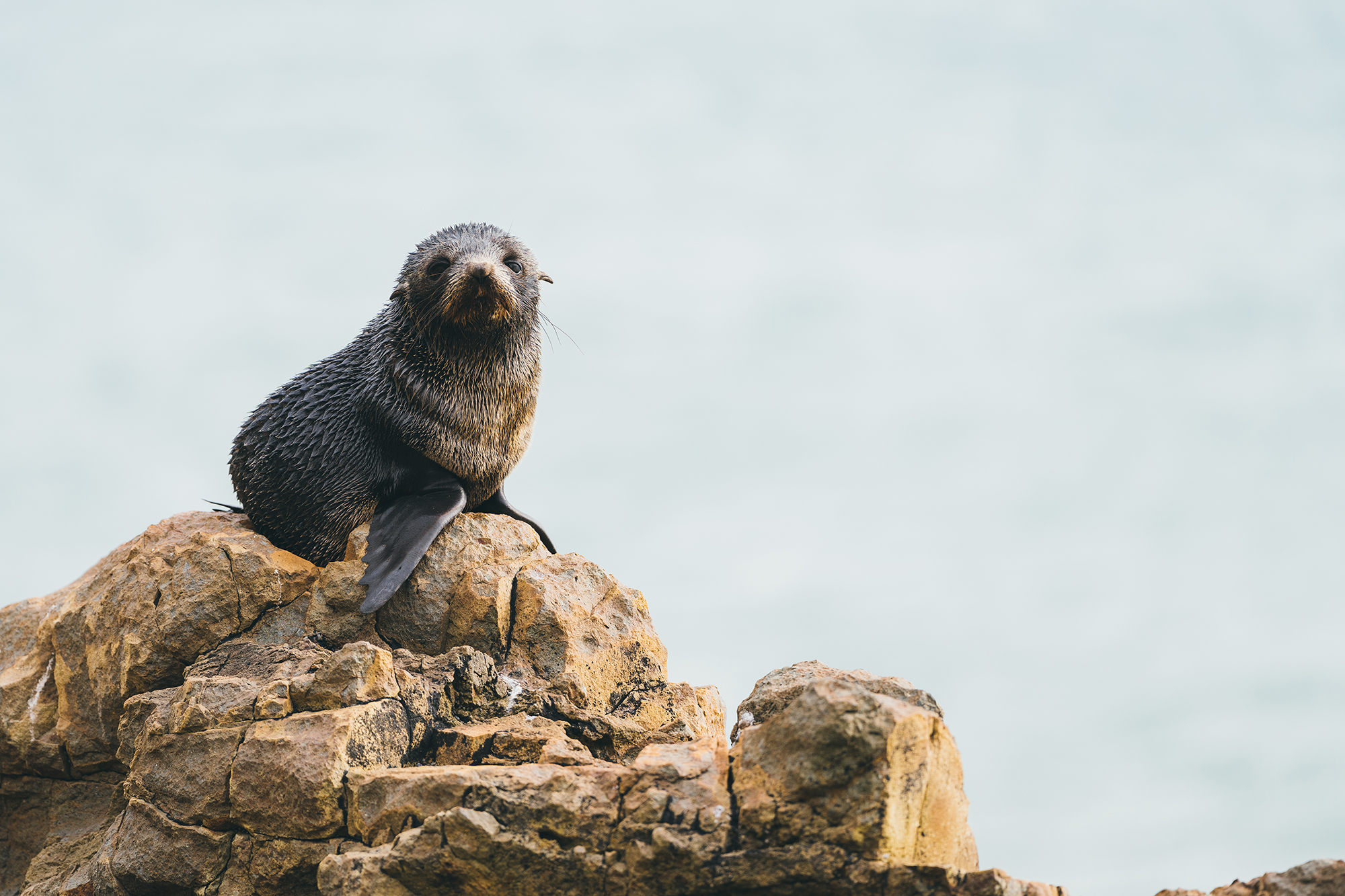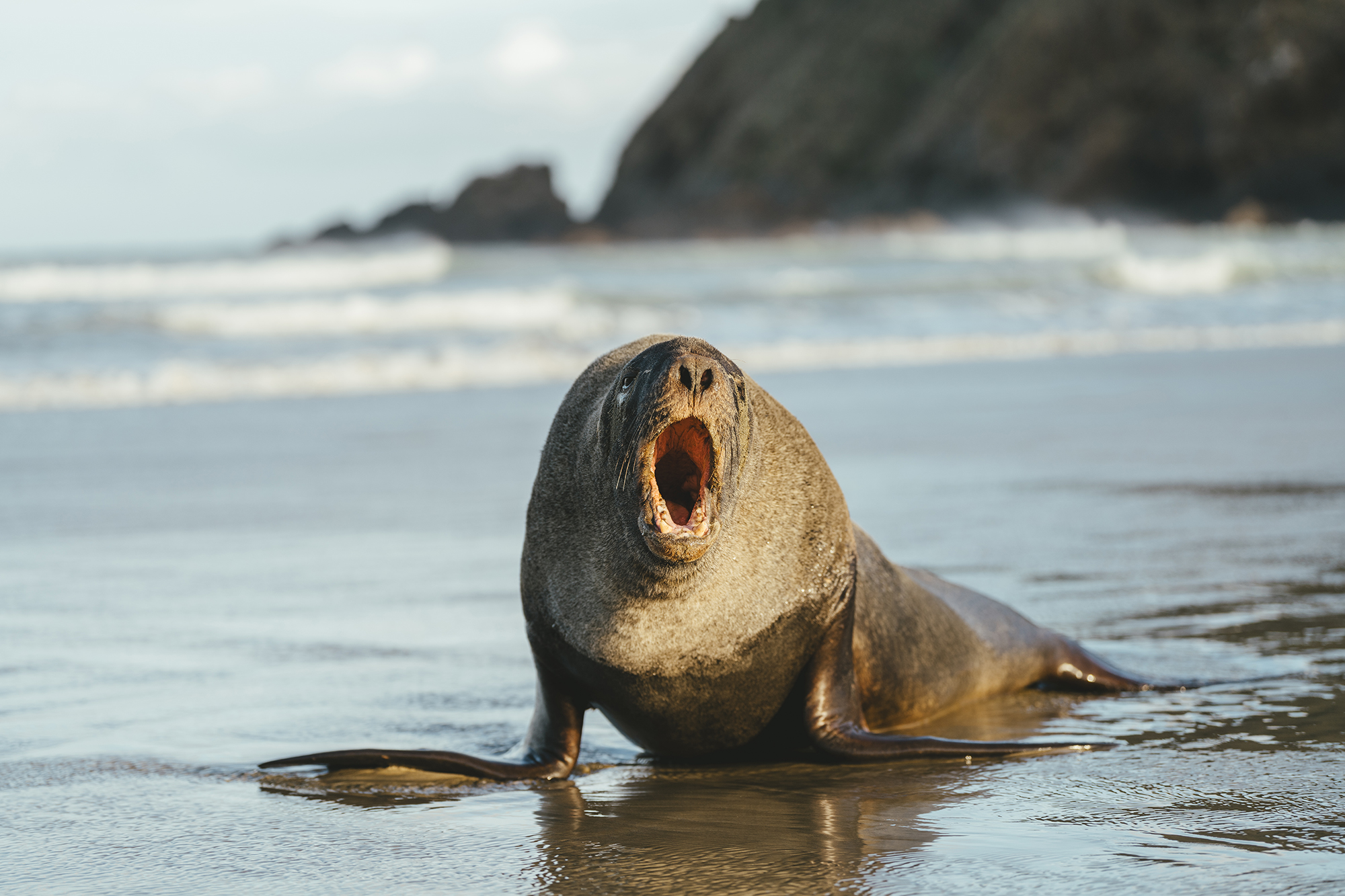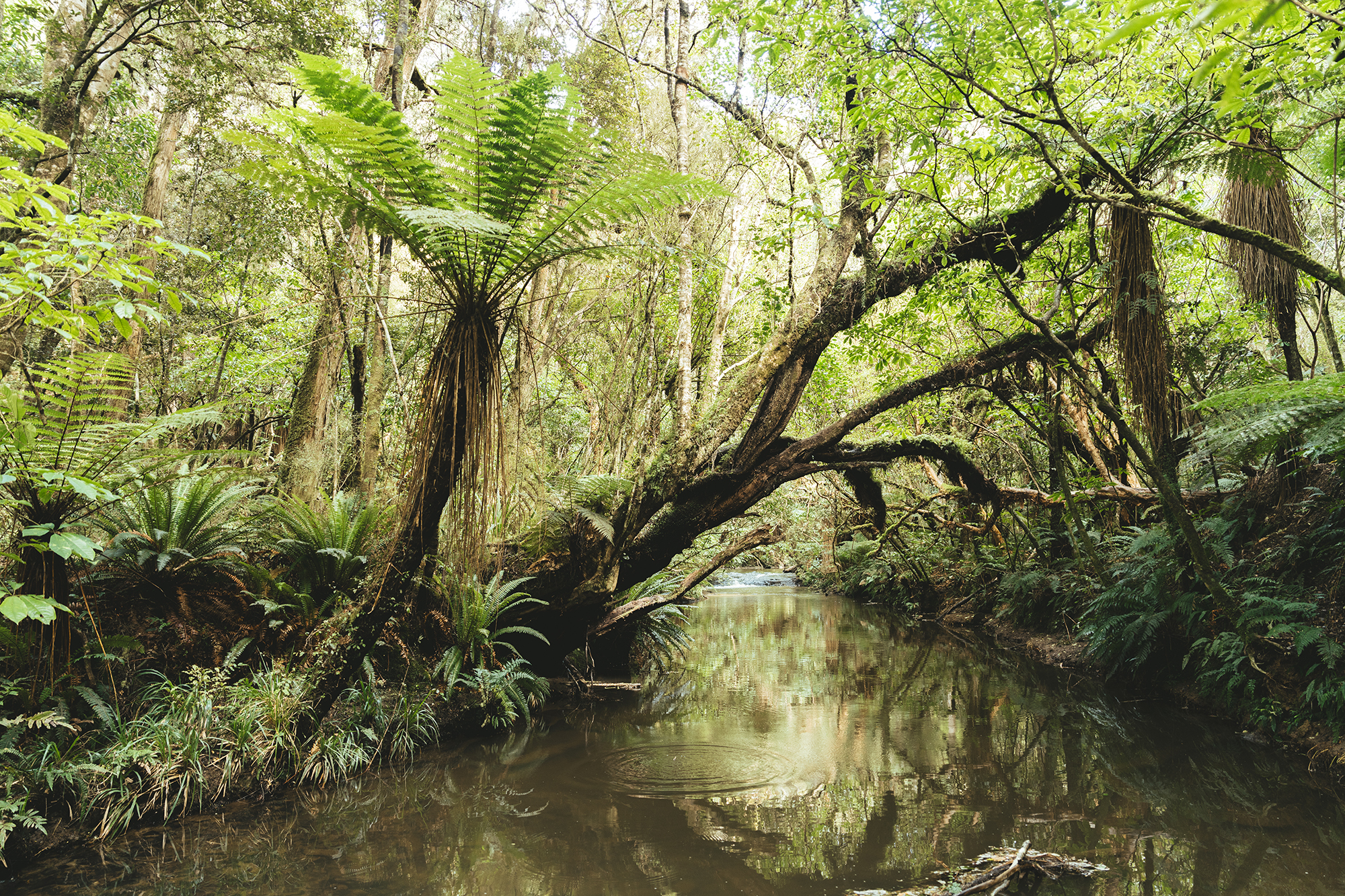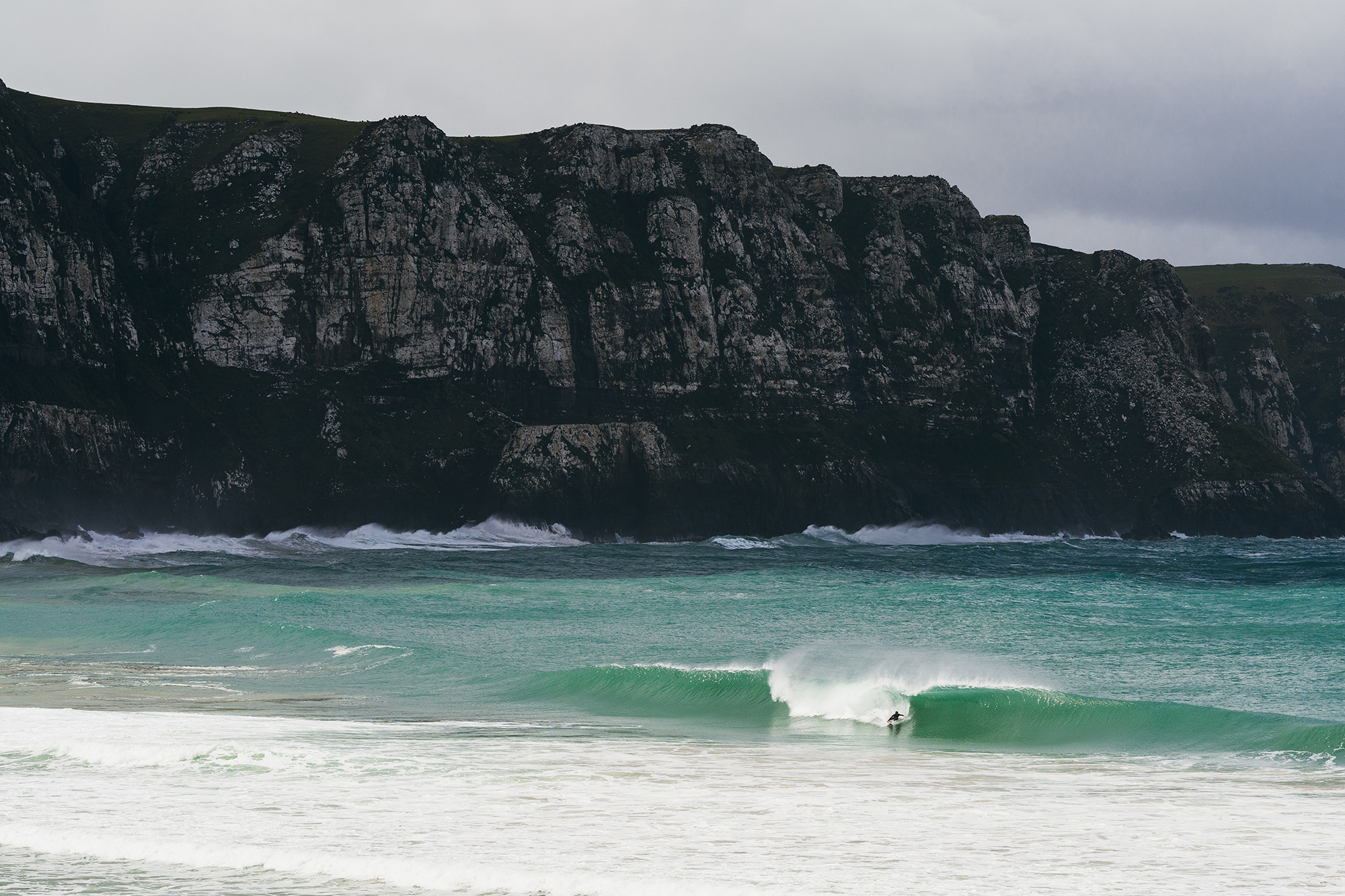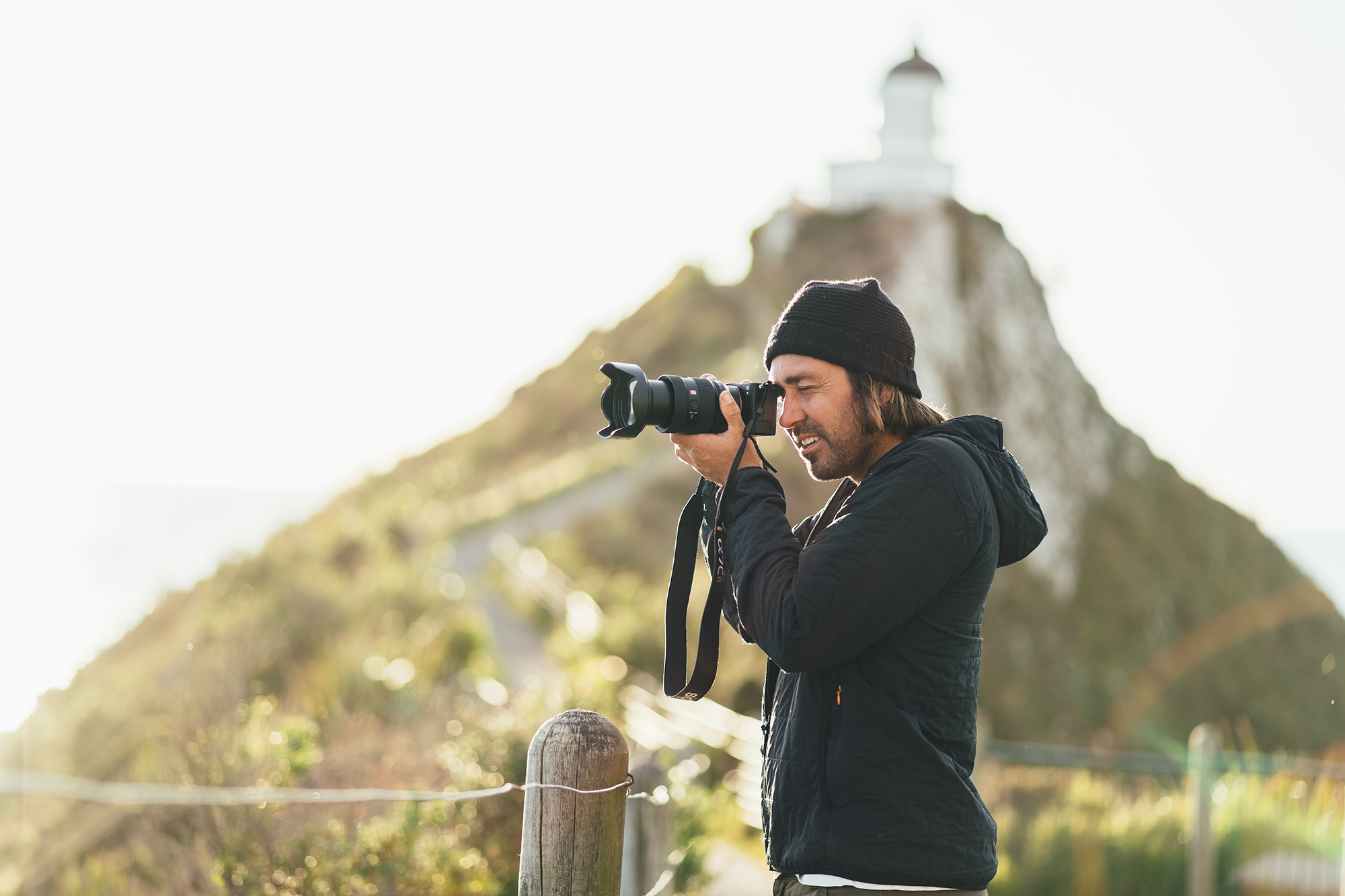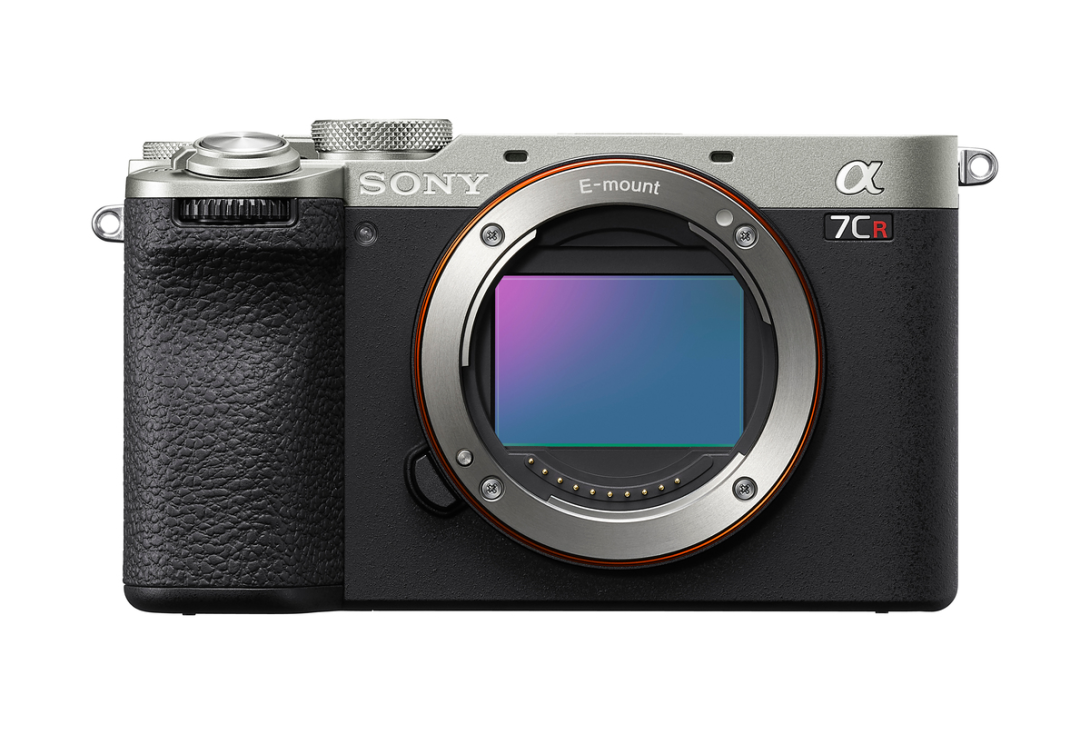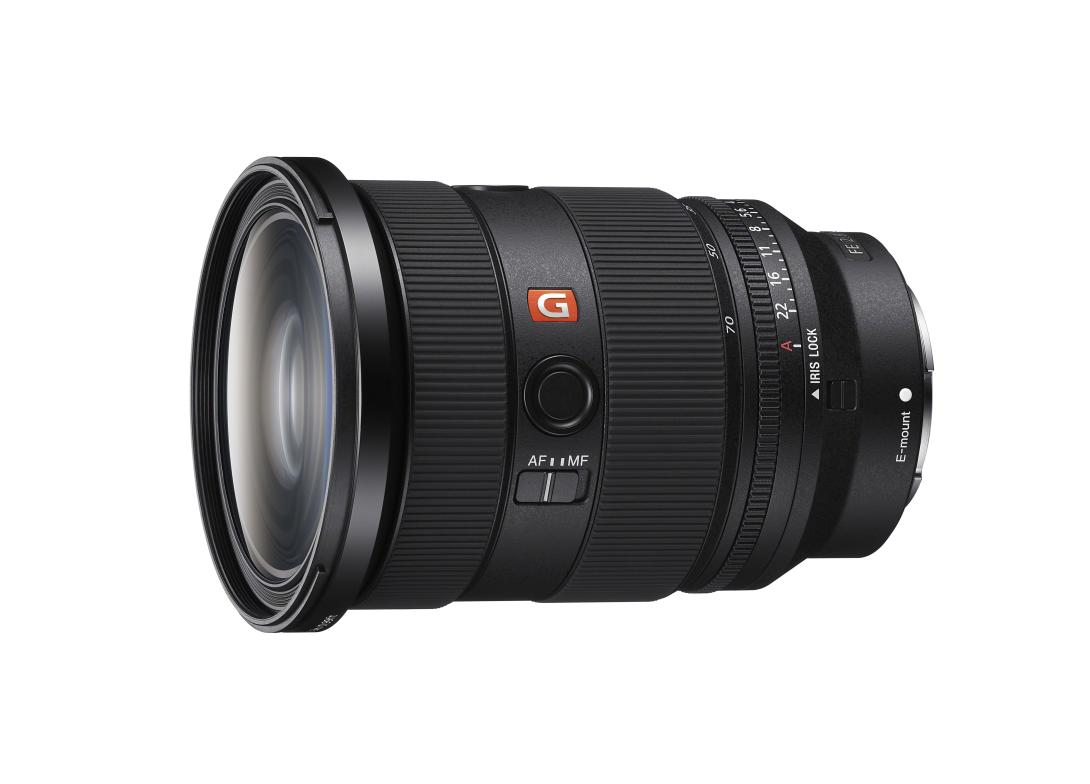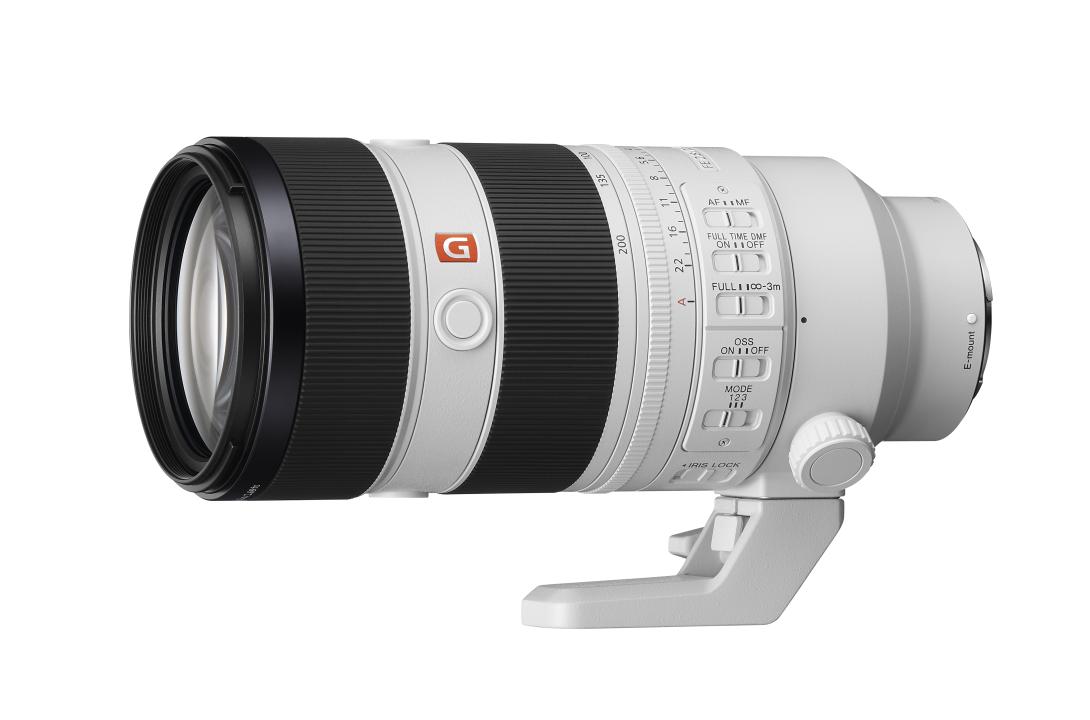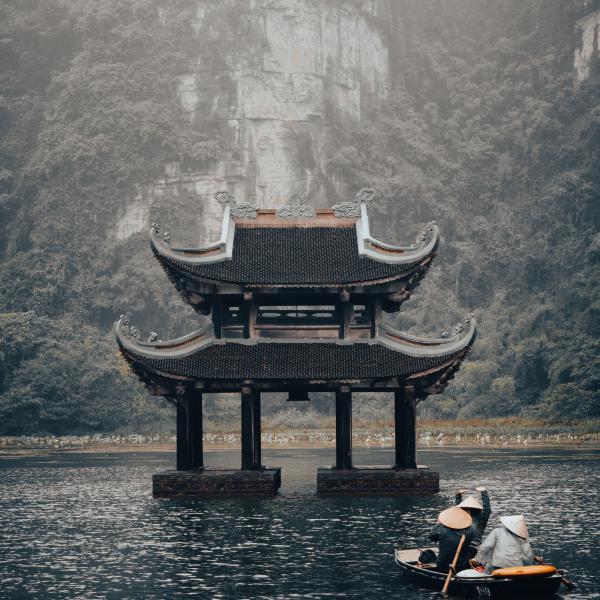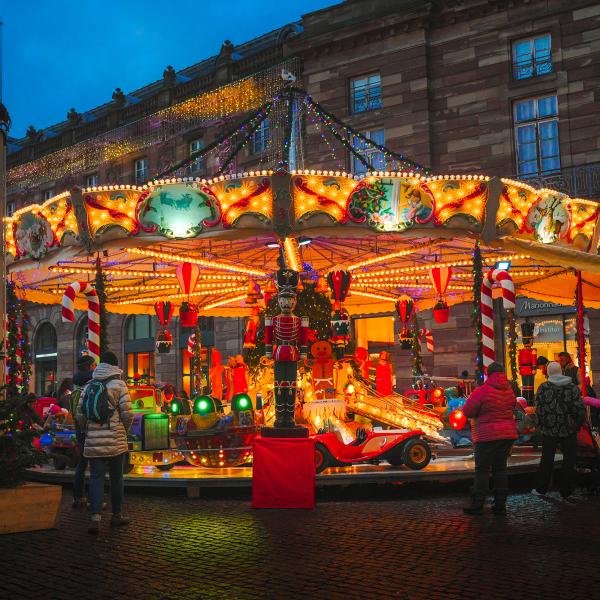Braving the rugged wilderness of the Catlins Coast with Stefan Haworth | Capture like an Alpha Traveller
Based in Queenstown, New Zealand, Stefan Haworth is a Sony Digital Imaging Ambassador specialising in action, sports and travel photography. However, his passion lies in exploring the great outdoors in his backyard and beyond.
IG: @stefan_haworth
The Catlins in the deep south of New Zealand is where the forest meets the ocean. It’s a raw and powerful coastline. Choosing the right equipment is crucial for making the most of this wild destination.
What’s in my backpack
Photographing the diverse wildlife of the Catlins requires a camera that can capture the nuances of their behaviour and expressions. I used the latest Full-frame compact 61MP Alpha 7CR to ensure stunning, high-resolution shots. Even though it has a smaller and more compact body than other Alpha cameras, it doesn’t compromise image quality. It was always at my side to capture every moment on The Catlins Coast. Its fast autofocus system and 8 frames-per-second continuous shooting speed make it a great choice.
When paired with the FE 70-200mm F2.8 GM OSS II, the Alpha 7CR provides the reach and speed needed to capture wildlife moments that are fleeting and unpredictable. From fur seals in motion to penguins emerging from the water, this camera-lens combination ensures you never miss a shot. Be careful not to mistake any sleeping sea lions for logs as you walk along the beach. You might need some running shoes. I did!
Another lens I used on my trip was the FE 24-70mm F2.8 GM II. It’s a versatile workhorse well-suited to a wide range of shooting situations. Whether you're capturing the lighthouse against the dramatic sunrise with the lens wide at 24mm or focusing on the intricate details of the structure during the golden hour at 70mm, this lens delivers sharpness and clarity. The F2.8 aperture lets you play with depth of field, creating images that pop with vivid detail while beautifully blurring the background.
Must-see attractions and highlights
Nugget Point Lighthouse is a highlight among many people for good reason. It’s simply stunning, surrounded by cliffs with nesting birds and seals lazing underneath. The lighthouse dominates the panoramic view. I’ve ventured to this lighthouse on multiple occasions. The sun rising over the ocean is one of my favourite times to capture the lighthouse. Next on my list is to capture the lighthouse with the aurora under the starry sky.
The Catlins is home to the Yellow Eyed Penguin — the world’s rarest penguin. I waited hours in the dark for the small animal to appear at first light, only to appear on the other side of a shrub. Seals, on the other hand, are plentiful. You can find them sunbathing on rocks or rolling in the sand. If you’re lucky enough, October and November are the perfect time to see the baby seals play in the rock pools. Sometimes, in the distance, the odd Albatross with a giant 2m wingspan soars across the wave’s tops. It might be a harsh and raw environment, but there’s wildlife everywhere to capture.
Weather, climate and shooting conditions
The Catlins are known for having four seasons in one day. One moment it’s hot, next hailing, then raining, then snowing, then sunny again. It’s not just the downpours you’ll need a rain jacket for. It’s for getting close to the hidden waterfalls tucked along the coast. Exploring the waterfalls and enchanted forests of the Catlins demands a versatile camera system. The Alpha 7CR, with its adaptable features and impressive dynamic range, is perfect for such conditions. Whether you're experimenting with long-exposure shots at the crowd-favourite Purakaunui Falls or capturing the dappled light within Catlins Forest Park, the Alpha 7CR's flexibility shines through.
Underneath the canopy, it gets darker, and an F2.8 aperture becomes particularly crucial for capturing in low-light situations. The camera’s ISO capabilities are exceptional, but even in the forest, an overhead thick cloud could challenge the shooting situation if you don’t have a tripod. I recommend a lens with an aperture of F2.8 or wider.
Being remote and raw, the Catlins can be challenging but beautifully rewarding for photographers. The Alpha 7CR, paired with the FE 24-70mm F2.8 GM II and FE 70-200mm F2.8 GM OSS II lenses, is a setup I found perfect for travelling along the Catlins coast as it’s ideal for capturing the beauty, wonder, and magic of this extraordinary destination.
Embark on your adventures like an Alpha Traveller
The grandest voyages begin with a reliable set of gear that can keep up with your travelling pace and photographic needs. Equipment aside, it’s essential to be adaptable, adventurous and always ready to capture the world’s wonders.
Read more on Stefan’s journey around New Zealand.
Navigating the Majestic Mt. Cook with Stefan Haworth | Capture like an Alpha Traveller
